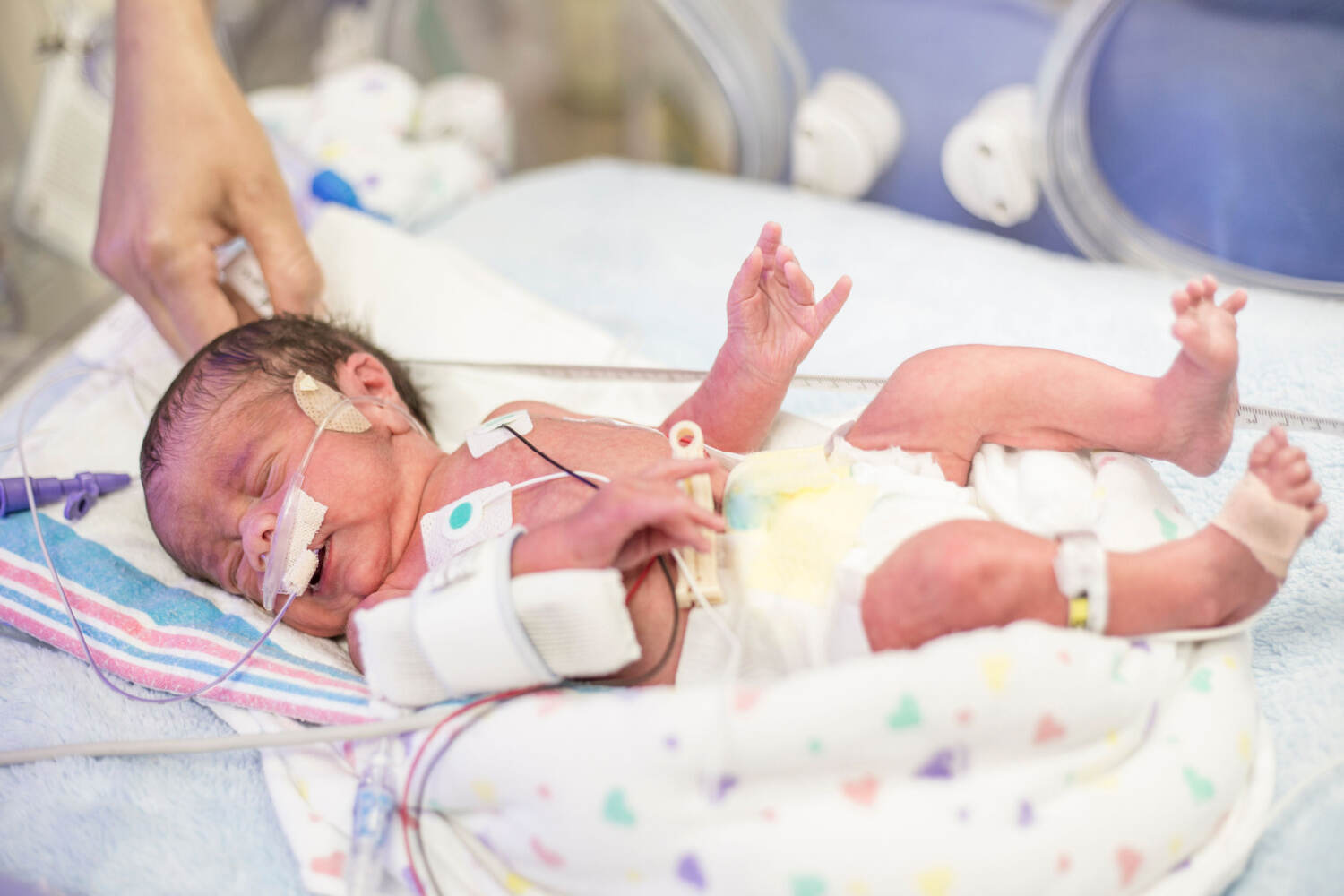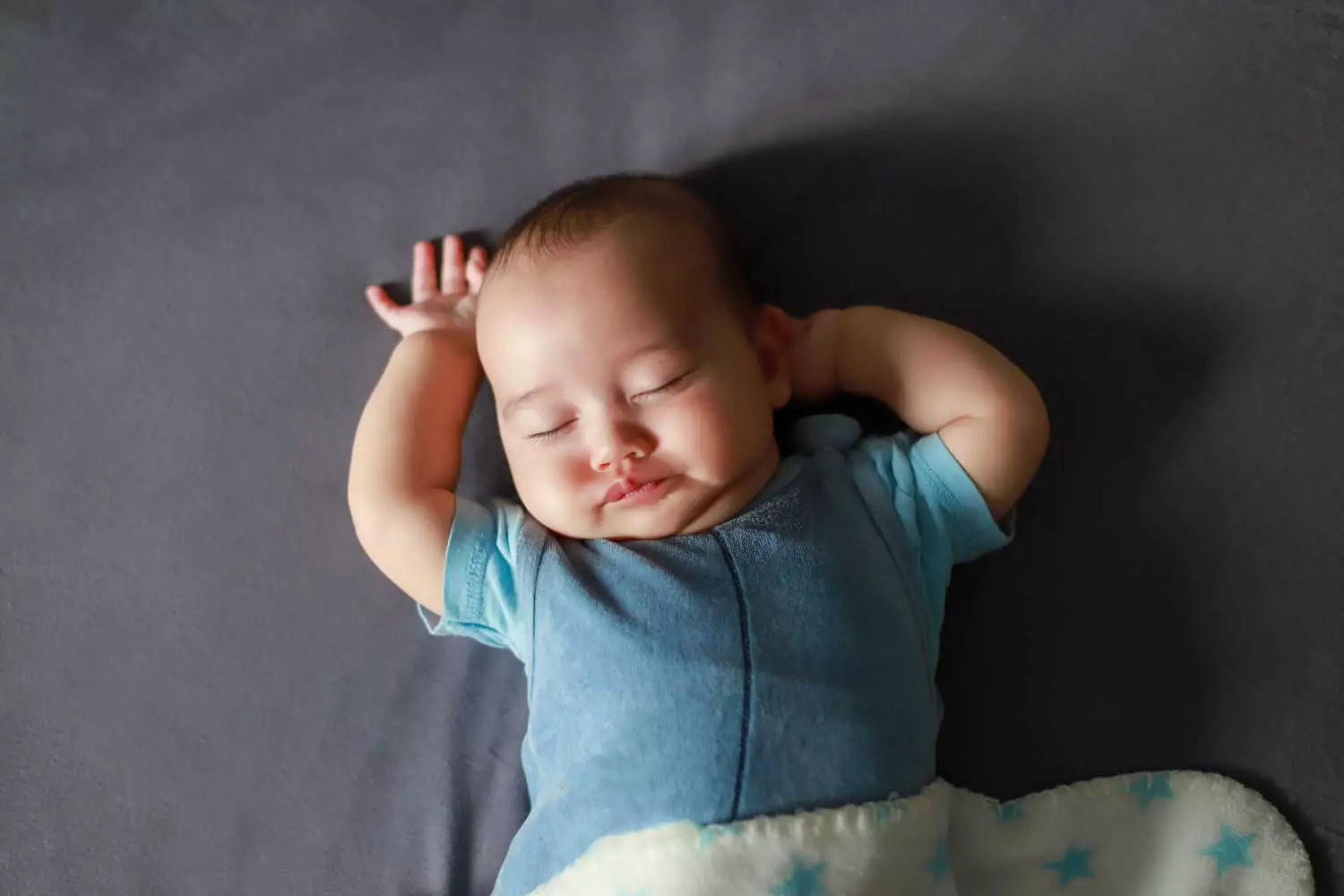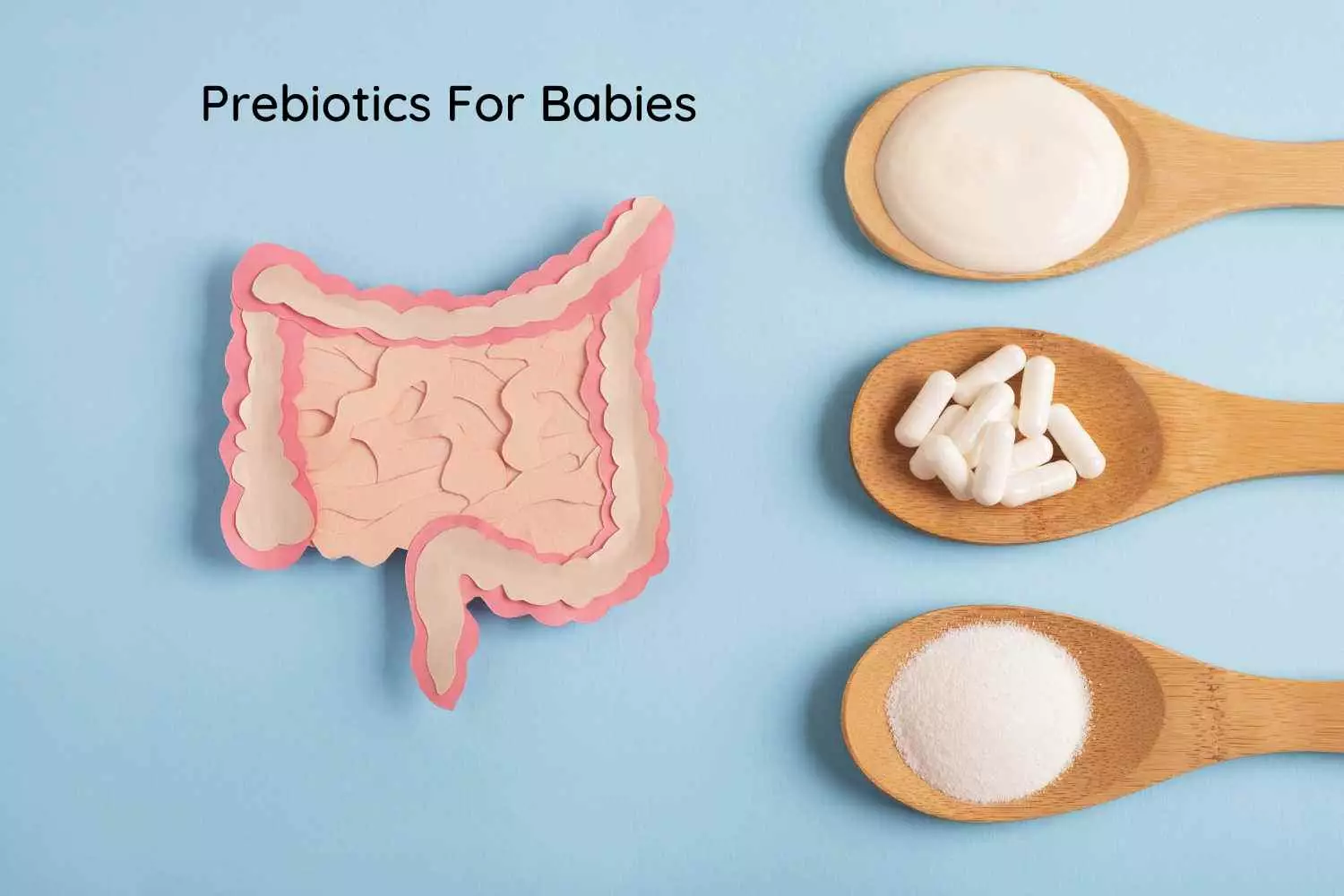
What Will Your Baby Look Like at Birth and What You Can Expect?
8 min readWritten by Editorial Team


The birth of a baby is a precious event for any parent. But the journey towards parenting can be a challenging one and parents to be may have many questions and apprehensions. Among the many questions you may have when expecting a baby is, what will your baby look like at birth. While this question will only be answered when your baby enters this world, you cannot stop the questions from popping into your head once in a while.
The general perception is that a baby will look absolutely cute and chubby at birth. But this may not be the truth always, especially immediately after birth. A baby is covered in all sorts of stuff such as fluids when born. Their skin is full of blotches and rashes, and they don’t look cute after all. So, what else can you expect from a newborn baby’s appearance?
In This Article
- Video Of Your Baby’s First Look
- What Does a Baby Look Like at Birth?
- Role of Genes in Shaping the Appearance of a Newborn
- FAQ’s
Video Of Your Baby’s First Look
What Does a Baby Look Like at Birth?
The usual looks of infants vary greatly, from the time they are born through their growth period. You can notice these in various aspects ranging from skin and hair color and texture, facial features, structuring etc. Some of these changes are only transient and are parts of an infant’s physical development. Birthmarks, for example, could be permanent.
1. Baby’s Head

A newborn baby’s head may not look perfect a birth, especially if the baby was born vaginally. Passing through the birth canal may cause the newborn’s head to shape out. Though parents may feel concerned, it is vital to understand that this phase is temporary and the infant’s head shape will get back to normal with passing time.
The baby’s head is likely to flatten and change shape the delivery time so that the baby’s head can easily fit through and come out of the birth canal. This process is known as molding, and it is highly noticeable if a woman has had a long labor.
Throughout birth time, the force from the pelvis, vaginal canal, or uterus could also cause changes in the baby’s head, contributing to the cone shaped head appearance.
The good thing is that, after some time, the swelling goes down, and the baby’s head becomes round itself with time. As the baby grows though, sleeping in the same position for long duration can cause that part of the head to flatten slightly. For this reason, you must be careful to keep changing your infant’s sleeping position until they are grown enough to roll over and turn on their own.
Babies born through caesarean section, on the other hand, have normal heads and do not face issues of changes in head shape or any other parts of the body.
[Read : Baby’s Head Shape]
2. Baby’s Face and Complexion

Babies’ faces expand, their nose flattens, and their cheeks scar due to the bit of a struggle and squeeze during vaginal delivery. You may also notice swelling and discolouration to the eyes and the nose during the delivery process. Eventually, all returns to normal with time, and the baby will be perfectly fine as they grow and get a little older.
You may also notice your newborn’s face and eyes being swollen at birth. All of this happens due to the pressure and trauma that the baby faces while passing through the birth canal. These swellings subside on their own a few hours after birth once the newborn has gotten some time to settle and adjust to the new world and the blood circulation has normalised.
Although most infants are born with turquoise or grayish eyes, it is not necessarily the case for the rest of their lives. The shade of a baby’s eyes can change within the first three to six months, and their real eye shade may not emerge until they are seven months old.
Some babies also have sticky eyes at birth. This is because of a blocked tear duct. In some cases, this condition settles on its own in a day or two. If you find that your baby has sticky eyes that seem to continue, bring this to the notice of your infant’s pediatrician.
3. Baby’s Arms and Legs

The infants’ hands and legs are very tiny at delivery in comparison with the rest of the body. Their hands may be blue and wrinkly too. During the first few hours after delivery, infants’ legs are frequently bluish due to a lack of proper blood circulation. However, within a few hours, the bluish tinge gets back to normal to match with the rest of the body once the circulation gets restored.
Another frequent feature that most newborns have is bowlegs. This condition is nothing to worry about and is quite normal. Bowlegs in babies happen since the fetus has a limited space to grow within the womb and the movement gets restricted too. You can be rest assured that as the baby grows, the condition corrects itself.
In case you happen to feel that your baby continues to have bow legs or any other related abnormalities even after celebrating their second birthday, you may need to check with your pediatrician who will advise you on the further course of action.
4. Baby’s Skin

The complexion of a newborn baby is crimson red to purplish. The hue transforms to normal red once the infant begins to breathe air. This redness disappears after the first week. The tone and color of the baby’s arms and feet are likely to remain bluish for a few days. It is a natural reaction to a newborn’s immature bloodstream and circulatory system. The blue color of some other regions of the body, on the other hand, is not common.
5. Lanugo

Did you ever notice newborn babies have tiny hair covering their skin? Though this may surprise you, this hair presence is common, especially in premature babies. Lanugo is an unpigmented fine hair formation that starts happening in fetuses during the fourth or fifth month of pregnancy. The key role of this hair is to keep the baby safe inside the mother’s womb.
Most fetuses shed this hair around the eighth month of pregnancy. This is one of the reasons why most premature babies have lanugo by birth. They don’t have enough time inside the womb to shed the hair. Some full-term babies may also be born with lanugo which they will shed in a few weeks after birth.
6. Baby’s Hair

Some babies may be born with hair while others may be bald. This is simply a genetic gamble. Some newborns may have thick lustrous hair while others may have fine strands. The hair at birth is not what babies will have for the rest of their life. Babies lose most of their hair by the time they are six months old. The new hair that sprouts may have quite a different color and texture than what they had by birth.
7. Baby’s Genitals

The clitoris and inner labia of immature infant females are particularly noticeable, and the outer labia of some infant girls are bigger. Over the first few weeks, baby girls may experience a white discharge or bleeding from the vaginal area. This is quite normal and happens due to the presence of left over progesterone hormones they receive from the mother’s body during pregnancy.
The scrotum of premature boys could be relatively smooth and flat, with ambiguous genitalia. Baby boys with wrinkles in the scrotum and descending testicles are conceived after nine months or in late pregnancy.
[Read : Newborn Vaginal Bleeding]
8. Umbilical Cord

The umbilical cord is the connection between the mom and the fetus and a vital source of nutrition for the fetus. This gets removed from the newborn infant by cutting it out after the delivery. Approximately around a day or two, the clamps are removed. Initially, the umbilical stumps on the infant’s navel are bluish-white color. This umbilical cord stump gradually loses fluids, dries up, and falls off naturally. The Umbilical stump falls off quickly with more exposure to the atmosphere and there will be no need for any additional dressing.
Role of Genes in Shaping the Appearance of a Newborn

Genes play a vital and a major role in shaping the appearance of a newborn. The genetic material from the father and mother through the sperm and egg respectively decide the various aspects of the baby, their appearance, color, height, health, and even their mentality. After birth though, nutrition, environmental factors, and the baby’s activity levels have an additional influence on the baby’s appearance in addition to genetics.
1. Baby’s Height
The starting height of a baby at birth isn’t always indicative of future growth. Though the parents’ genes play a role in a baby’s height, other external factors have in impact too. At birth, the baby’s height will have influences such as genetic factors and health in the womb.
2. Baby’s Eyes
The color of a baby’s eyes will be determined by the genetics they acquire from their parents. Melanocytes dictate the color of an infant’s eye. An infant’s eyes will likely turn hazel green if they produce more melanocytes. An infant’s eyes will turn blue over time if melanocytes only produce less pigment. When these melanocytes produce plenty amount of melanin, which causes brown eyes.
[Read : What Will My Baby’s Eye Color Be?]
3. Baby’s Hair Color and Growth
Melanocytes are again responsible for determining a baby’s hair color and birth. The amount of melanin produced is genetic and hair color is again dictated by the genes the infant inherits from the parents.
Hair growth again is a mix of genetics and the amount of nutrition and care the mother takes during pregnancy and the nutrition the fetus receives in the mother womb.
So, what will your baby look like at birth? It is difficult to say and every newborn is different. But don’t expect a chubby baby who is very cute. The newborn goes through trauma in the womb, especially in the case of normal delivery. Staying for so long in a closed environment inside the amniotic fluid can cause the baby to look wrinkled. Passing through the birth canal can cause the baby to have weird shapes when they come out.
All of these will settle with time, and in a month or two, your baby will become the cute, chubby, bouncy baby you have been waiting for.
FAQ’s
1. Does a Baby Look More Like the Mom or Dad?
Various researches have shown that most babies have a similar appearance to both mom and dad.
2. Do Babies Feel Pain During Birth?
Yes, babies do feel pain during birth.
3. Is the Baby Awake During Labor?
All through labor, babies often kick, stretch, and roll so they are awake during labor.
Read Also: All About Sticky Eyes In Newborn Babies

Editorial Team,
With a rich experience in pregnancy and parenting, our team of experts create insightful, well-curated, and easy-to-read content for our to-be-parents and parents at all stages of parenting.Read more.
Responses (0)
Want curated content sharply tailored for your exact stage of parenting?
Related articles

Congenital Diaphragmatic Hernia in Babies – What is it, Types, and Complications

How to Get Your Baby to Nap – Top Tips to Help

Sore Gums in Babies – Top Causes and Precautions

Prebiotics For Babies – Types, Benefits and Food Sources

Old Mac Donald Rhyme For Babies

Intersex Baby – How Common is It and How to Treat
Sponsored content
Discover great local businesses around you for your kids.
Get regular updates, great recommendations and other right stuff at the right time.





